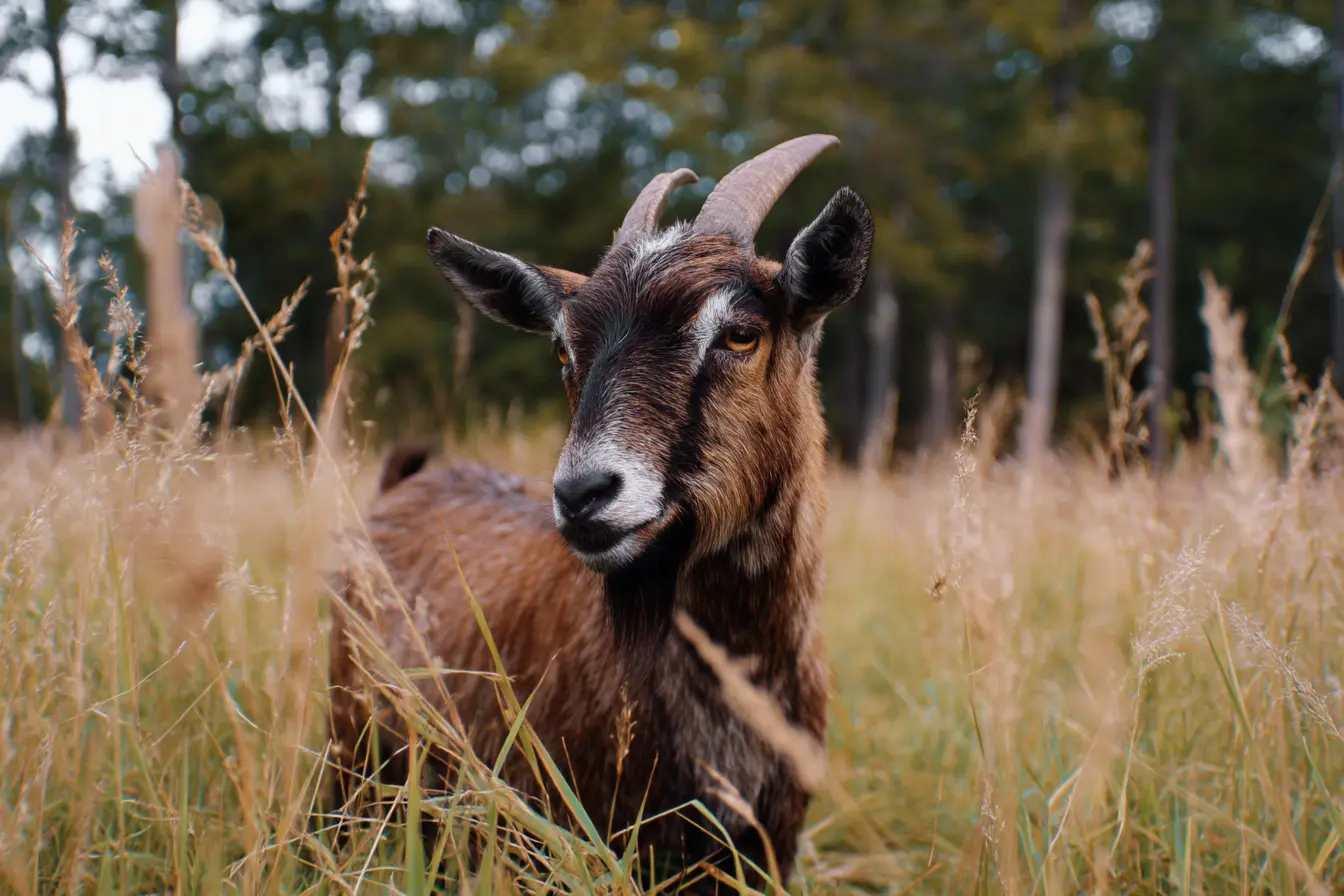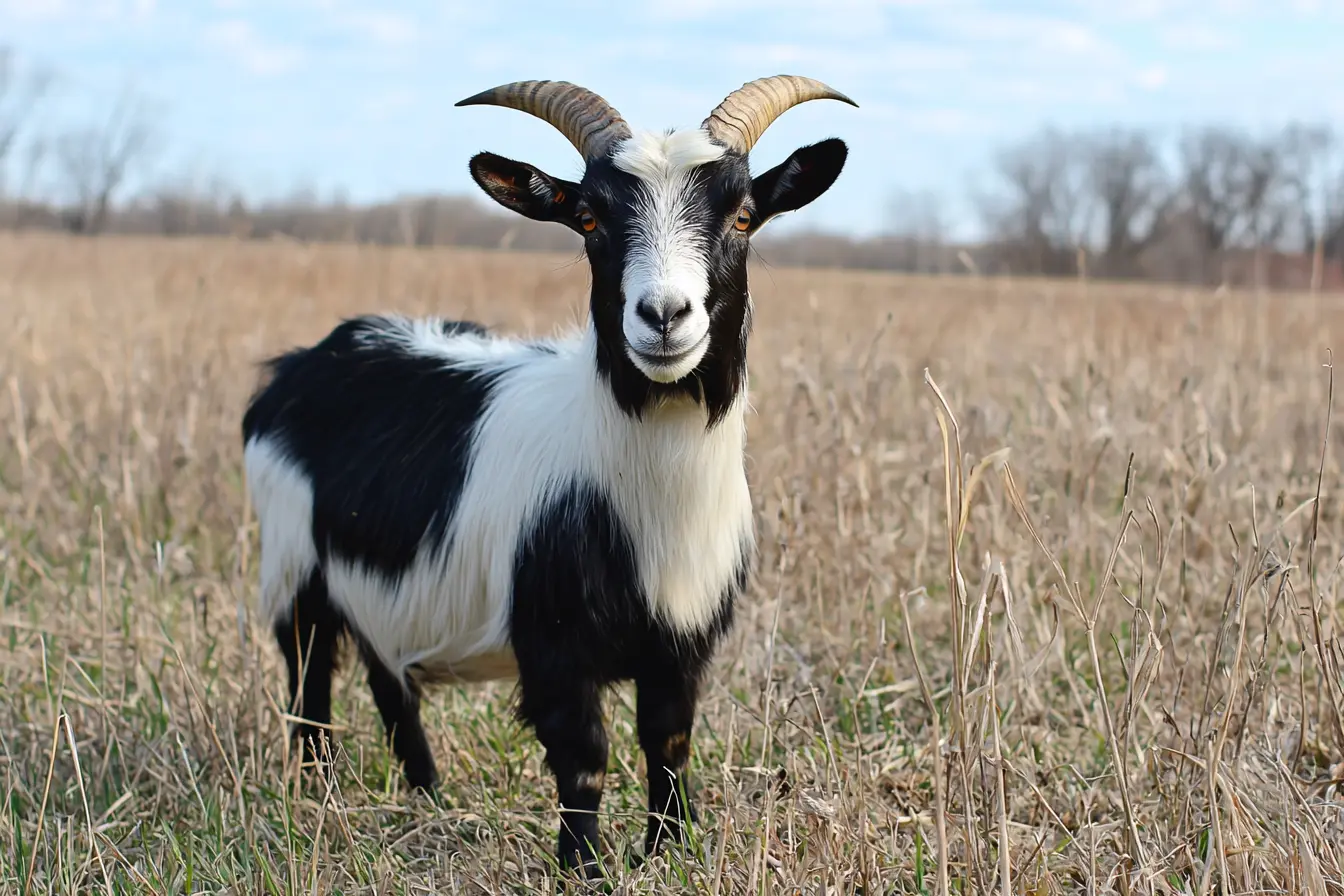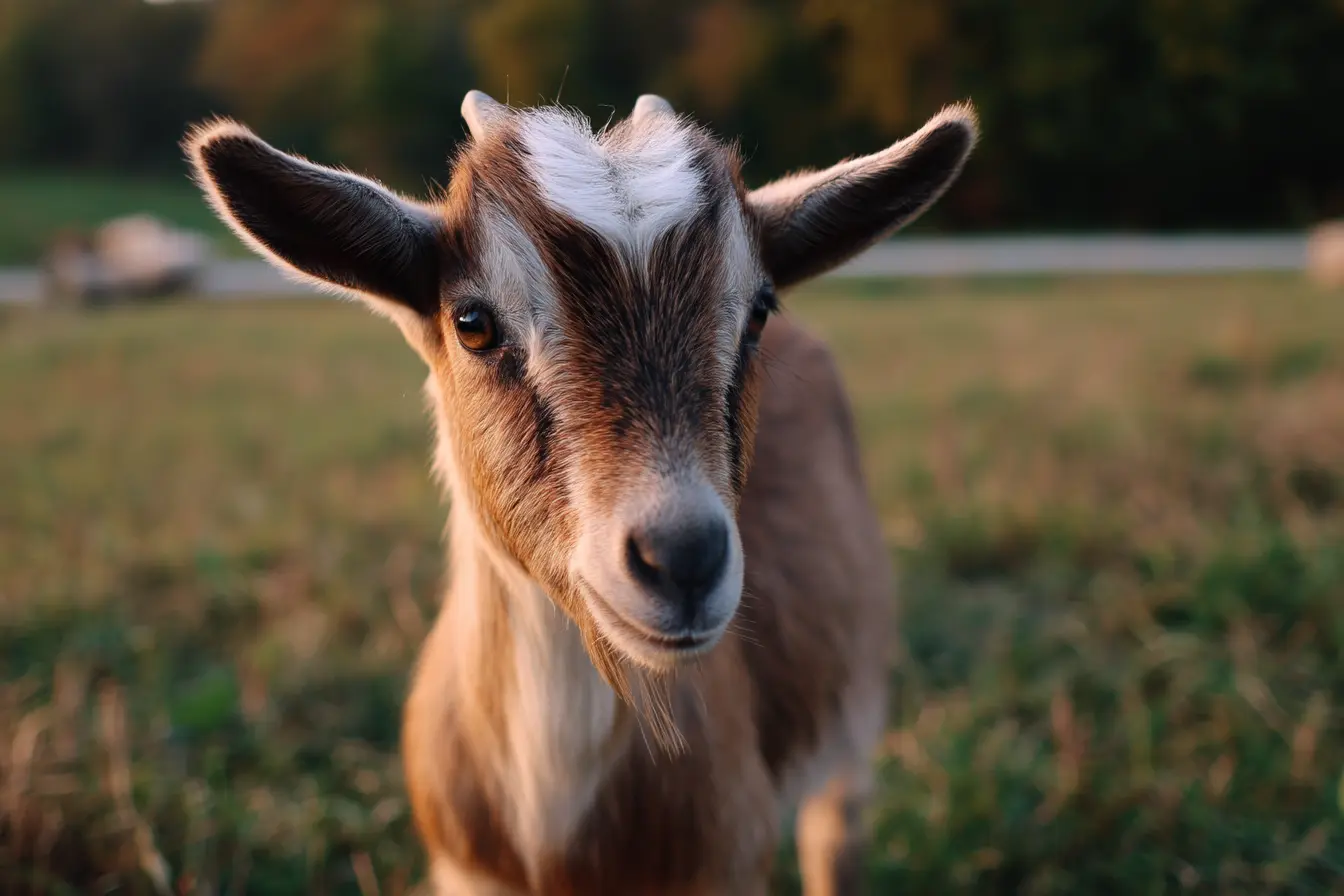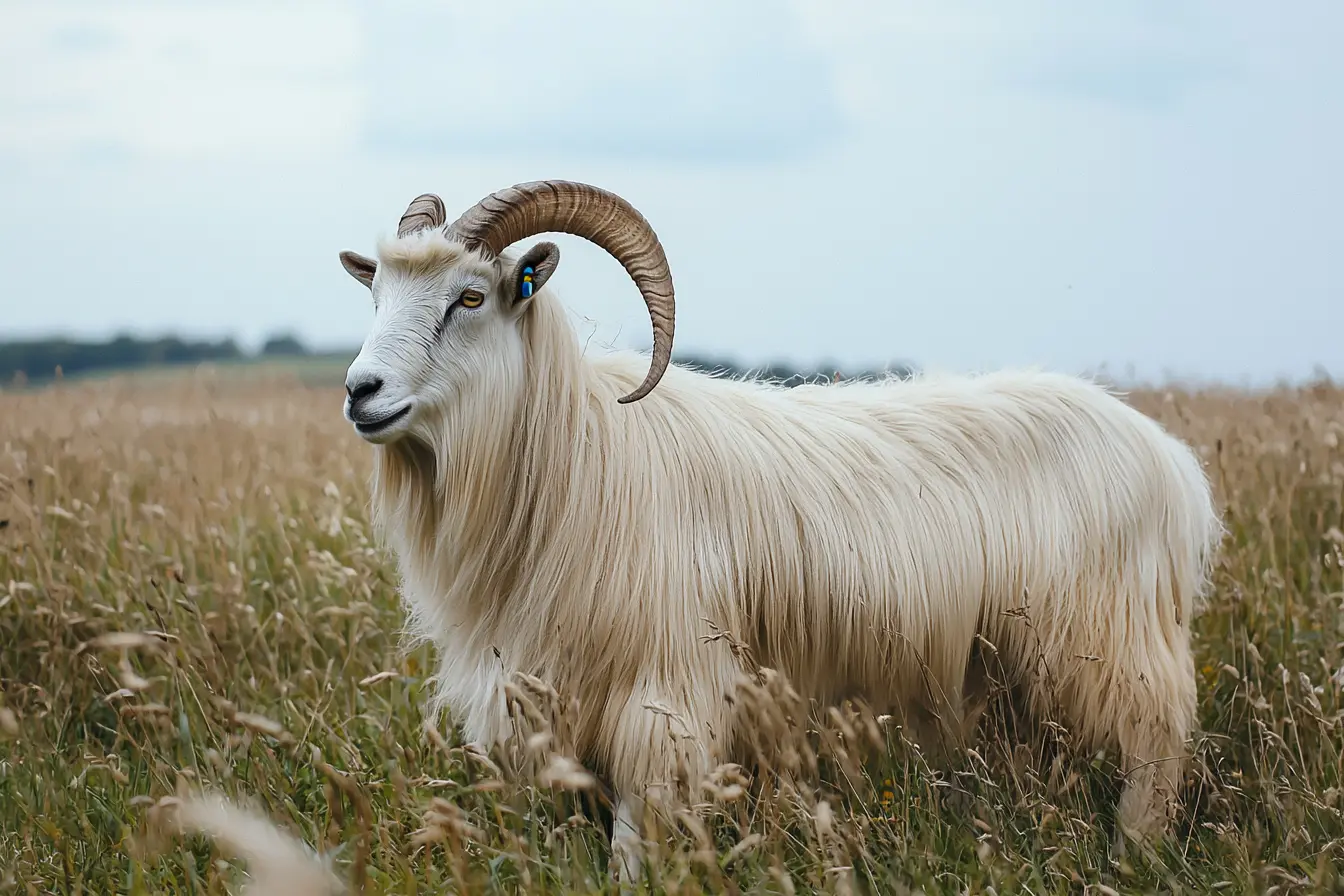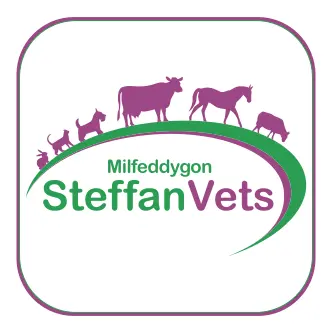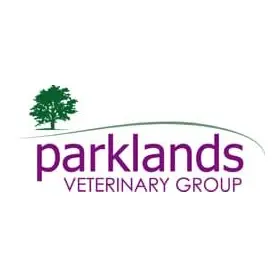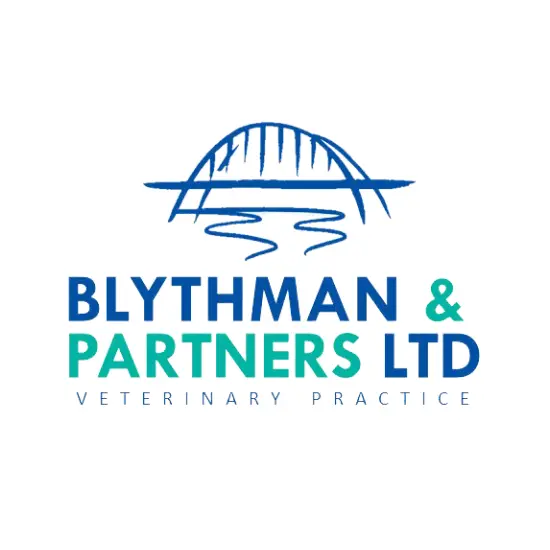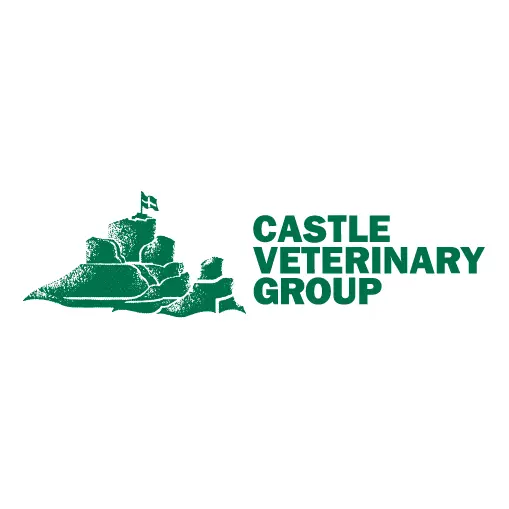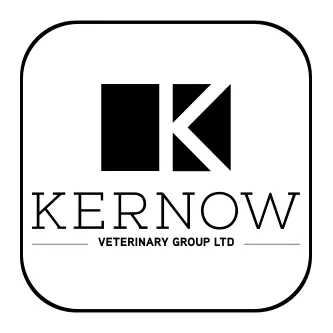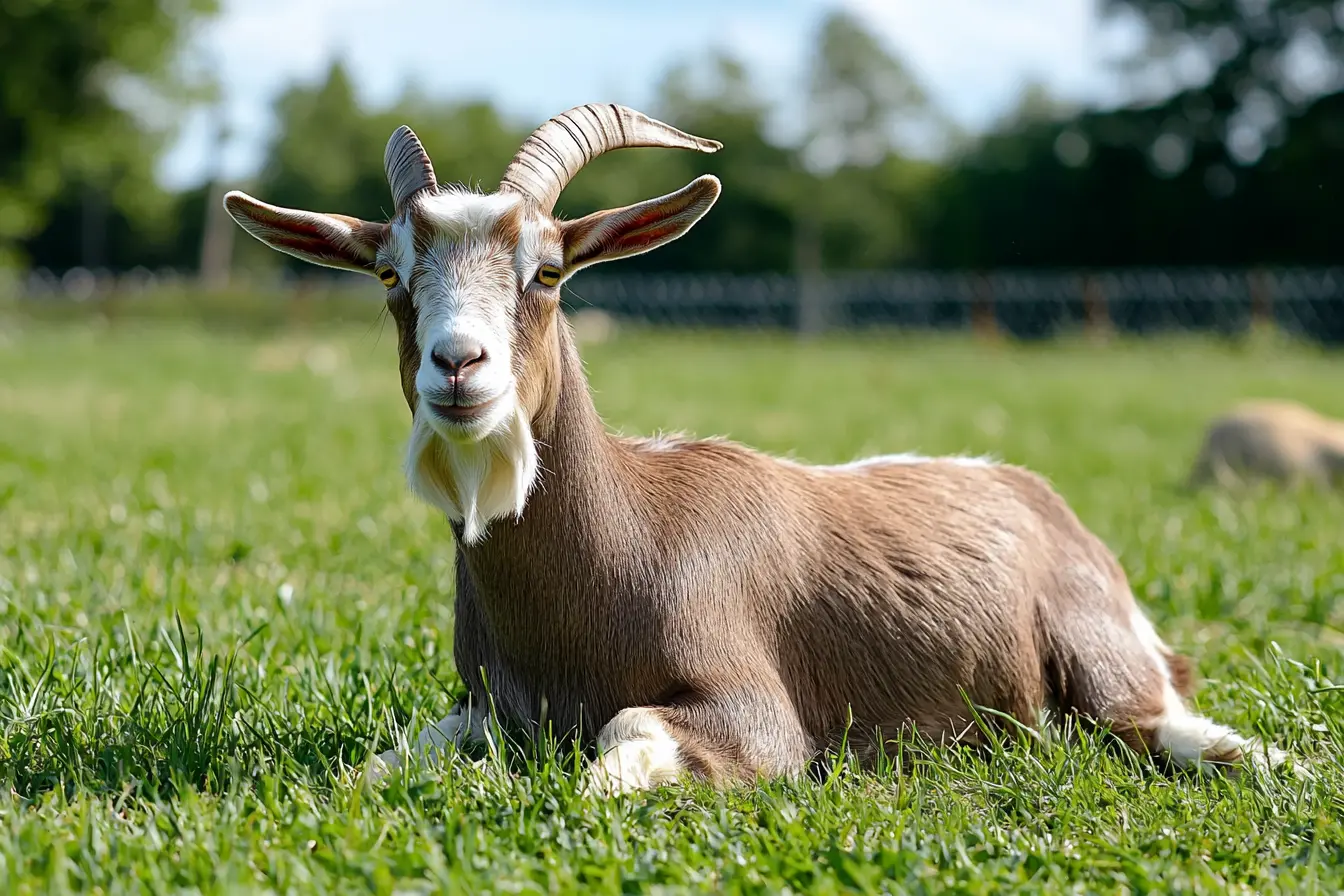
A Complete Guide to Caring for Toggenburg Goats
Toggenburg goats are one of the oldest dairy goat breeds in the world, known for their hardy nature, excellent milk production, and distinctive appearance. Originally from Switzerland, Toggenburgs have become a popular choice among goat keepers in the UK due to their adaptability and friendly temperament.
If you’re considering keeping Toggenburg goats, this guide will provide you with everything you need to know about caring for this unique breed, including housing, feeding, health care, and breeding.
A Brief History of Toggenburg Goats
The Toggenburg breed originated in the Toggenburg Valley in Switzerland, where they have been bred for dairy production for centuries. They were first exported to the UK in the late 19th century and quickly gained popularity for their strong constitution and reliable milk production.
Toggenburg goats are now kept worldwide and are valued for their ability to thrive in various climates and farming systems.
Key Characteristics of Toggenburg Goats
Toggenburg goats have several distinctive traits that make them stand out from other breeds:
- Size: Medium-sized. Adult females (does) typically weigh between 55-70kg, while males (bucks) can weigh up to 90kg.
- Coat: Short to medium-length coat in shades of brown, ranging from light fawn to dark chocolate, with white facial stripes and white markings on their legs, tail, and ears.
- Temperament: Friendly, curious, and easy to handle, making them a great choice for new owners.
- Milk Production: Toggenburgs are excellent dairy goats, producing up to 3 litres of milk per day on average. Their milk is known for its high butterfat content, making it ideal for cheese-making.
- Adaptability: They are hardy animals that can thrive in both temperate and cooler climates.
Housing for Toggenburg Goats
Providing proper housing is essential to keep your Toggenburg goats comfortable, healthy, and protected from the elements.
Shelter Requirements
- Size: Ensure the shelter is spacious enough to accommodate your goats comfortably. A good rule of thumb is at least 1.5 square metres per goat.
- Ventilation: The shelter should be well-ventilated to prevent respiratory issues but draught-free to keep the goats warm in cold weather.
- Bedding: Use straw or wood shavings as bedding to keep the shelter dry and warm. Replace bedding regularly to maintain cleanliness.
Fencing
- Secure Fencing: Toggenburg goats are agile and curious, so secure fencing is essential. Use fencing that is at least 1.2 metres high to prevent escapes.
- Grazing Areas: Provide access to a safe, spacious grazing area. Toggenburgs enjoy browsing on shrubs, trees, and weeds, which helps keep them mentally stimulated.
Feeding Toggenburg Goats
A balanced diet is essential for keeping your Toggenburg goats healthy and ensuring good milk production.
Diet
- Hay and Forage: The majority of a Toggenburg goat’s diet should consist of good-quality hay or forage. This provides essential fibre to keep their digestive system healthy.
- Concentrates: Supplement their diet with goat-specific concentrates, especially for lactating does, to provide additional energy, protein, and minerals.
- Fresh Vegetables: You can offer fresh vegetables and fruits as treats, but avoid feeding anything toxic to goats, such as potatoes, rhubarb, and avocado.
Water
- Ensure your goats have constant access to fresh, clean water. Lactating does, in particular, will drink large amounts of water to support milk production.
Mineral Supplements
- Provide a mineral block or loose minerals specifically formulated for goats. Toggenburgs require essential minerals such as calcium, phosphorus, and selenium to maintain health and productivity.
Breeding Toggenburg Goats
Toggenburg goats are known for their strong reproductive performance and make excellent mothers.
Breeding Tips
- Age to Breed: Does can be bred from around 8-12 months of age once they have reached 60-70% of their adult weight.
- Gestation Period: The gestation period for goats is approximately 150 days (5 months).
- Kidding: Provide a clean, warm kidding area for the doe to give birth. Toggenburg does are known for producing healthy, vigorous kids.
Colostrum
- Ensure that newborn kids receive colostrum (the first milk) within the first few hours after birth to boost their immune system.
Health Care for Toggenburg Goats
Keeping your Toggenburg goats healthy is essential for their wellbeing and productivity. Regular health checks, vaccinations, and parasite control are all part of good goat management.
Vaccinations
Work with your vet to establish a vaccination schedule for your goats. Core vaccinations typically include:
- Clostridial diseases (e.g., tetanus, enterotoxaemia)
- Pasteurellosis
Deworming
Regular deworming is necessary to control internal parasites. Use faecal egg counts to determine the parasite burden and avoid overusing dewormers to prevent resistance.
Hoof Care
- Trimming: Toggenburg goats’ hooves need regular trimming to prevent overgrowth and lameness. Check their hooves every 4-6 weeks.
- Foot Rot Prevention: Keep their shelter and grazing areas dry to reduce the risk of foot rot.
Common Health Issues
- Mastitis: A bacterial infection of the udder that can affect milk production. Maintain good hygiene during milking to reduce the risk.
- Lice and Mites: Regularly check your goats for external parasites and treat them with appropriate medications if necessary.
- Bloat: Ensure your goats have a consistent diet and avoid sudden changes in feed to reduce the risk of bloat.
Behaviour and Handling
Toggenburg goats are known for their friendly and curious nature, making them easy to handle and a joy to keep.
- Calm Approach: Approach your goats calmly to avoid startling them. Toggenburgs are generally docile and enjoy human interaction.
- Positive Reinforcement: Use treats to build trust and encourage cooperation during handling and milking.
- Training: Goats are intelligent animals and can be trained to follow basic commands. Regular handling from a young age will make them easier to manage.
Why Choose Toggenburg Goats?
There are several reasons why Toggenburg goats are a popular choice for both smallholders and commercial farmers:
- High Milk Production: Toggenburg does produce a large quantity of milk, with high butterfat content, making it ideal for cheese-making.
- Hardy and Adaptable: Toggenburgs are hardy animals that can adapt to various climates and farming systems.
- Friendly Temperament: Their gentle and curious nature makes them easy to handle and suitable for beginners.
- Long Lifespan: With proper care, Toggenburg goats can live for 10-12 years.
Final Thoughts
Toggenburg goats are a fantastic choice for new goat owners who are interested in dairy production. Their hardy nature, high milk yields, and friendly temperament make them a rewarding breed to keep. By providing proper housing, a balanced diet, and regular health care, you can ensure your Toggenburg goats thrive and remain healthy.
Always work closely with your vet to establish a health management plan and enjoy the rewarding experience of raising this historic and productive dairy breed.
Related Vets
Vets near you
Speciality vets
- Aquatics vet specialists
- Birds vet specialists
- Camelids vet specialists
- Cats vet specialists
- Cattle vet specialists
- Deer vet specialists
- Dogs vet specialists
- Equines vet specialists
- Exotic vet specialists
- Goats vet specialists
- Pigs vet specialists
- Poultry vet specialists
- Sheep vet specialists
- Small Mammals vet specialists
- Wild vet specialists
